Dogs are masters at hiding stress. They can’t tell you what’s wrong, but they show it in subtle ways—like yawning, licking their lips, pacing, or avoiding eye contact. The tricky part? Many of the things that stress them out don’t seem like a big deal to us.
To help you better understand your pup’s world, here are 10 common things that secretly stress dogs out—and what you can do to help.
1. Inconsistent Routines
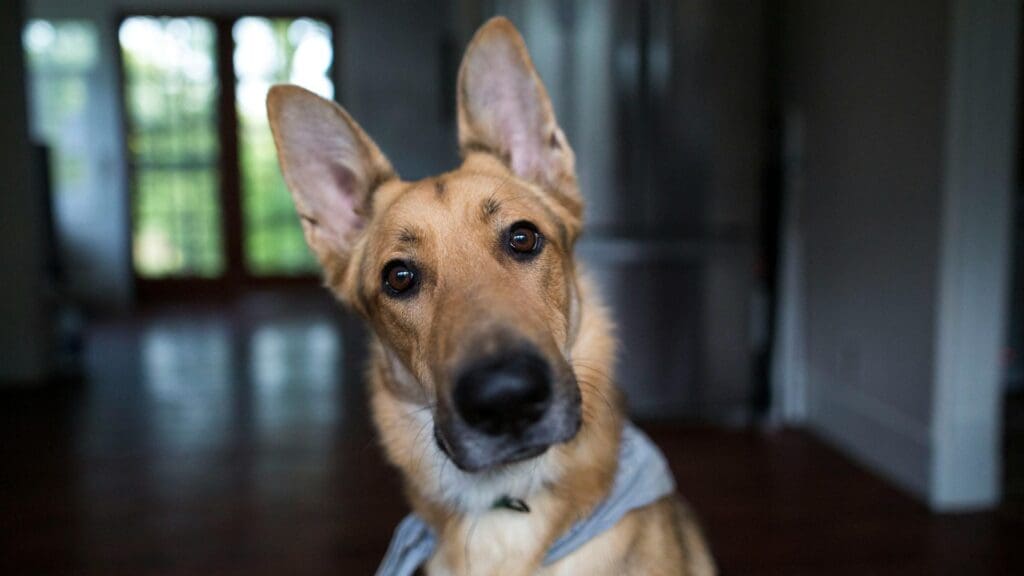
Dogs thrive on predictability. When feeding times, walks, or play sessions shift constantly, it can leave your dog feeling unsure and anxious.
Try to stick to a consistent daily routine for meals, exercise, and downtime—even on weekends or during busy weeks.
2. Loud Noises (Not Just Fireworks)
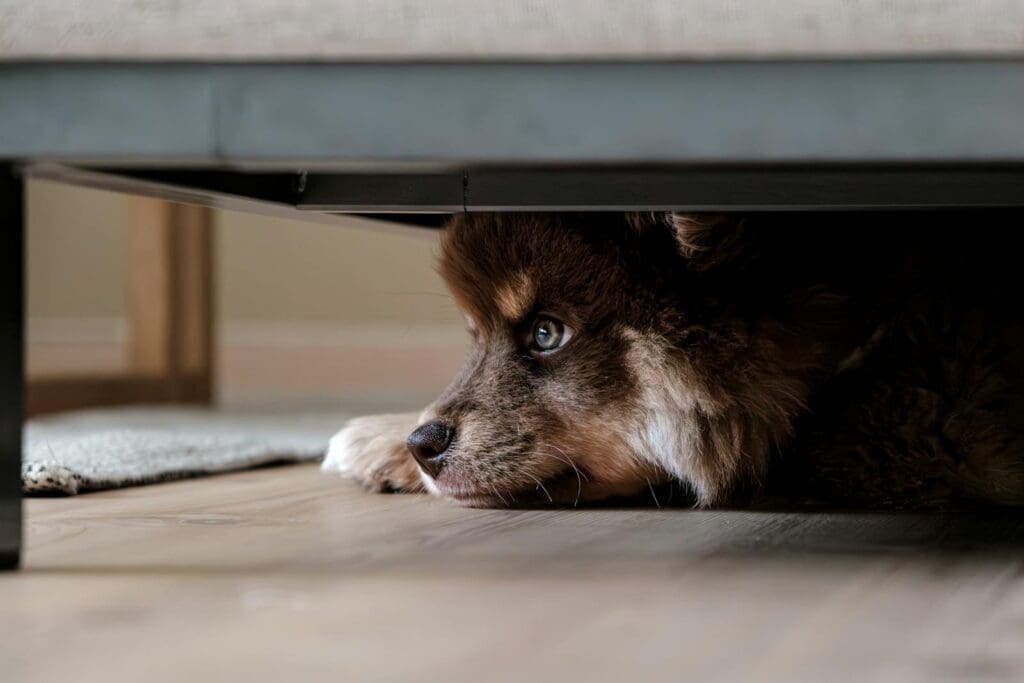
Fireworks and thunder are obvious triggers, but dogs can also be stressed by vacuums, blenders, or loud music. Even a dropped pan can send some dogs into hiding.
Offer a quiet retreat space and use calming tools like white noise machines or snuffle mats to help them cope.
3. Strong Scents

Dogs have an incredible sense of smell—so things like scented candles, cleaning sprays, or perfume can be overwhelming.
Stick to unscented or pet-safe cleaning products, and avoid spraying anything strong near your dog’s bed or crate.
4. Being Left Alone Too Long

Some dogs tolerate being alone better than others, but even independent pups can feel stressed when left alone too long or too often.
Give your dog interactive toys, a window view, or puzzle feeders when you’re away. And make your return calm, not overly exciting.
5. Forced Socialization
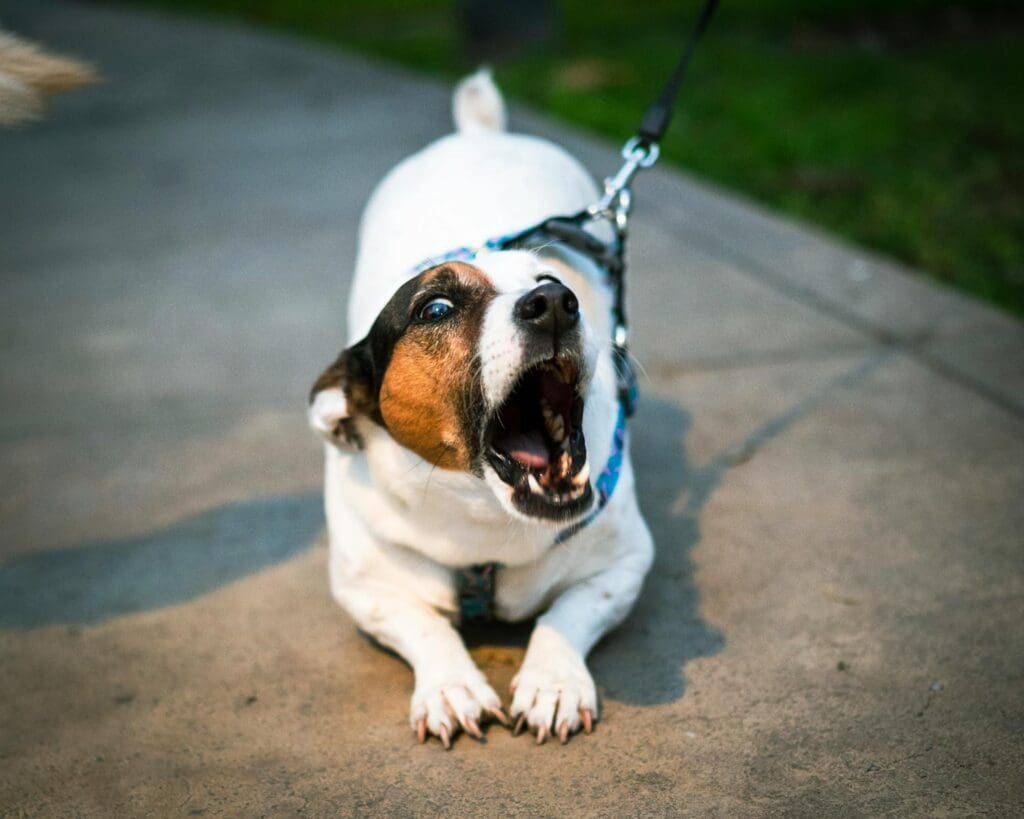
Not all dogs love meeting new people or pups—especially in crowded or chaotic settings. Pushing your dog into social situations can cause serious stress.
Let them set the pace and give them space. Watch for body language like tucked tails or turning away, and never force an interaction.
6. Being Hugged or Restrained
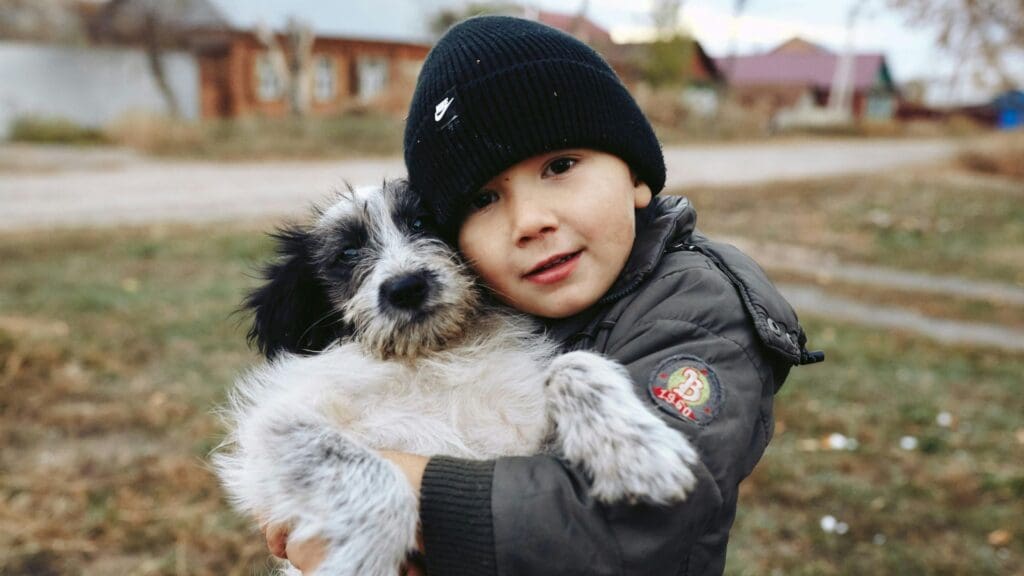
While many humans find hugs comforting, most dogs don’t enjoy being squeezed or held tightly. It can feel restrictive and threatening.
Instead, show affection with gentle pets, scratches, or just sitting nearby. Let your dog choose how close they want to be.
7. Too Much Eye Contact

Staring into a dog’s eyes can feel confrontational—even if you’re just admiring their cute face. Some dogs take it as a challenge or threat.
Use soft glances and avoid direct stares, especially with dogs you don’t know well. Side-by-side interactions often feel more relaxed to them.
8. Changes in the Household

New pets, new roommates, or even rearranging furniture can throw your dog off. Dogs are creatures of habit, and big shifts can make them uneasy.
Give them time to adjust and keep familiar items like beds, toys, or feeding spots in place as much as possible.
9. Lack of Mental Stimulation

Boredom can lead to anxiety, restlessness, and destructive behavior. Dogs need more than just physical exercise—they crave mental challenges too.
Rotate toys, try training new tricks, or use puzzle feeders to keep your dog’s brain engaged.
10. Picking Up on Your Stress
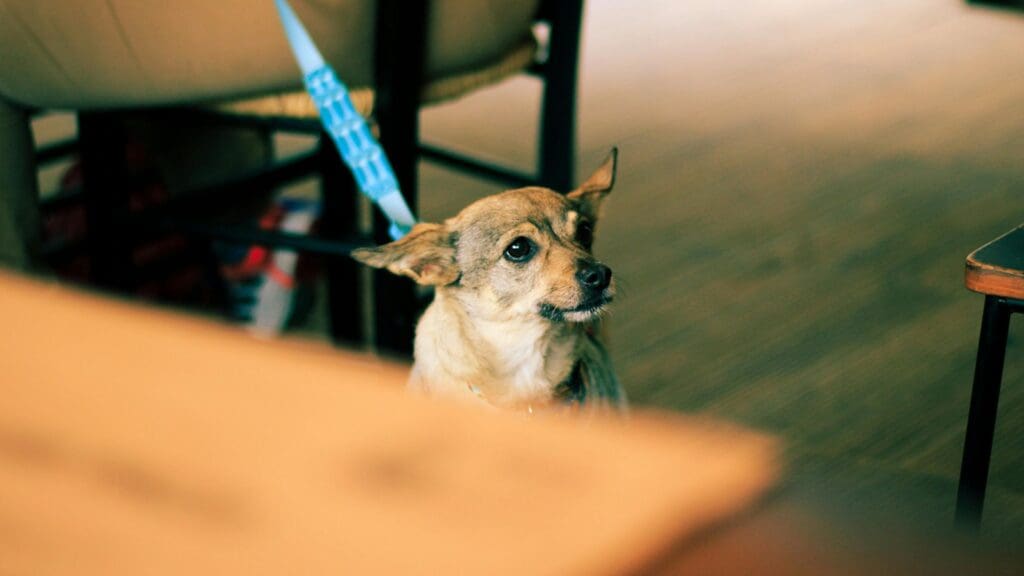
Dogs are deeply attuned to their humans. If you’re anxious, rushed, or upset, your dog often mirrors that energy.
Try to stay calm around your dog, especially during tense situations like travel, storms, or vet visits. Your tone and body language matter more than you think.
Understanding your dog’s hidden stress triggers can help prevent behavioral issues and improve their overall well-being. By tuning in and responding with empathy, you create a safer, happier world for your four-legged friend.






